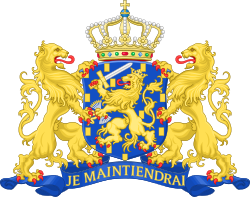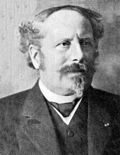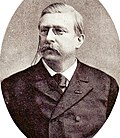Van Tienhoven cabinet | |
|---|---|
| Cabinet of the Netherlands | |
| Date formed | 21 August 1891 |
| Date dissolved | 9 May 1894 (Demissionary from 24 April 1894) |
| People and organisations | |
| Head of state | Queen Wilhelmina |
| Head of government | Gijsbert van Tienhoven |
| Deputy head of government | Johannes Tak van Poortvliet (Unofficially) |
| No. of ministers | 8 |
| Ministers removed | 1 |
| Member party | Liberal Union (LU) Independent Liberals (I) |
| Status in legislature | Right-wing Majority government |
| History | |
| Election | 1891 election |
| Outgoing election | 1891 election |
| Legislature terms | 1891–1891 |
| Predecessor | Mackay cabinet |
| Successor | Röell cabinet |
| Part of the Politics series |
 |
|---|
| |
The Van Tienhoven cabinet was the cabinet of the Netherlands from 21 August 1891 until 9 May 1894. The cabinet was formed by the Liberal Union (LU) and Independent Liberals (I) after the election of 1891. The right-wing cabinet was a majority government in the House of Representatives. Independent Classical Liberal Gijsbert van Tienhoven was Prime Minister. [1]







